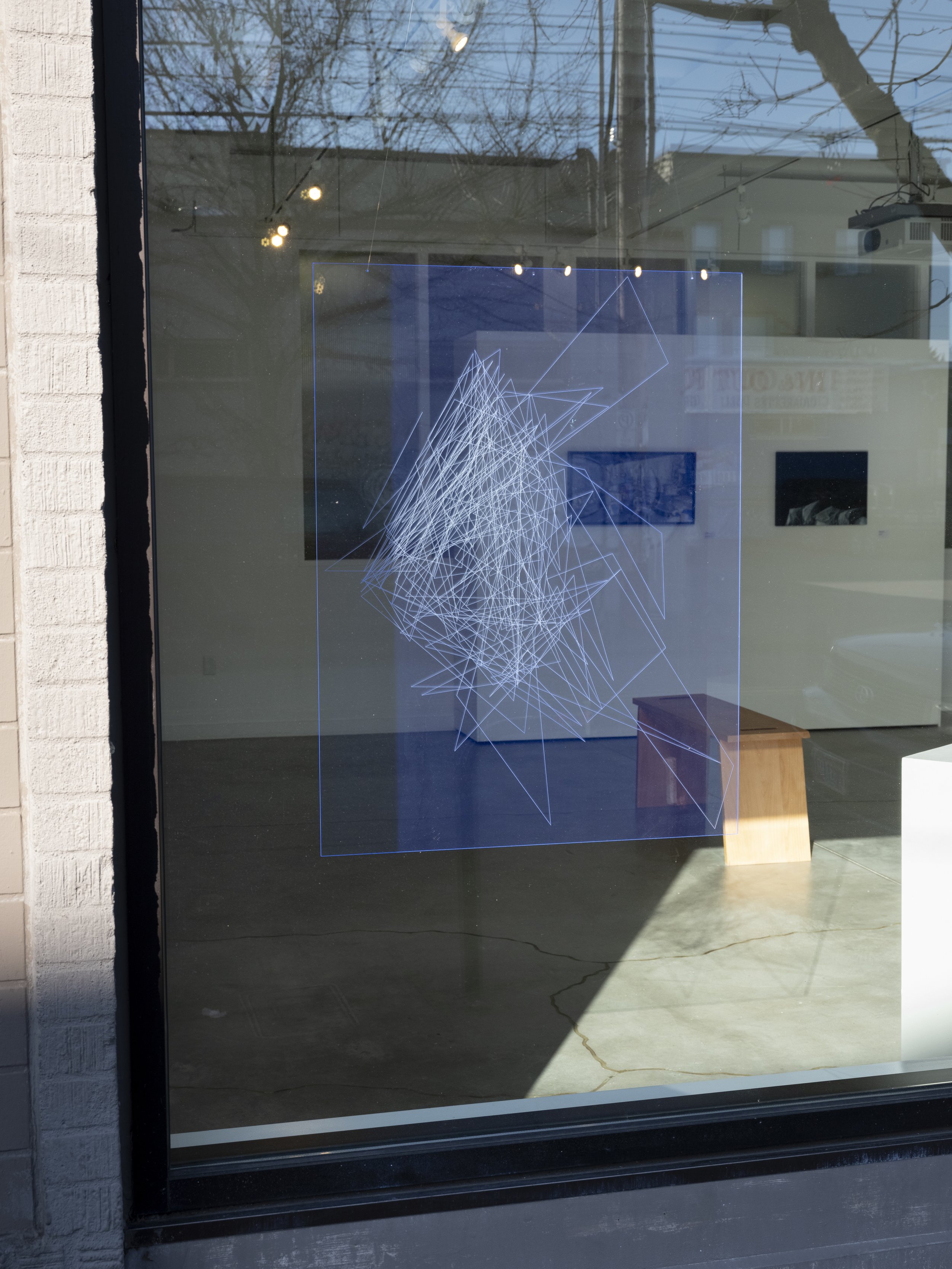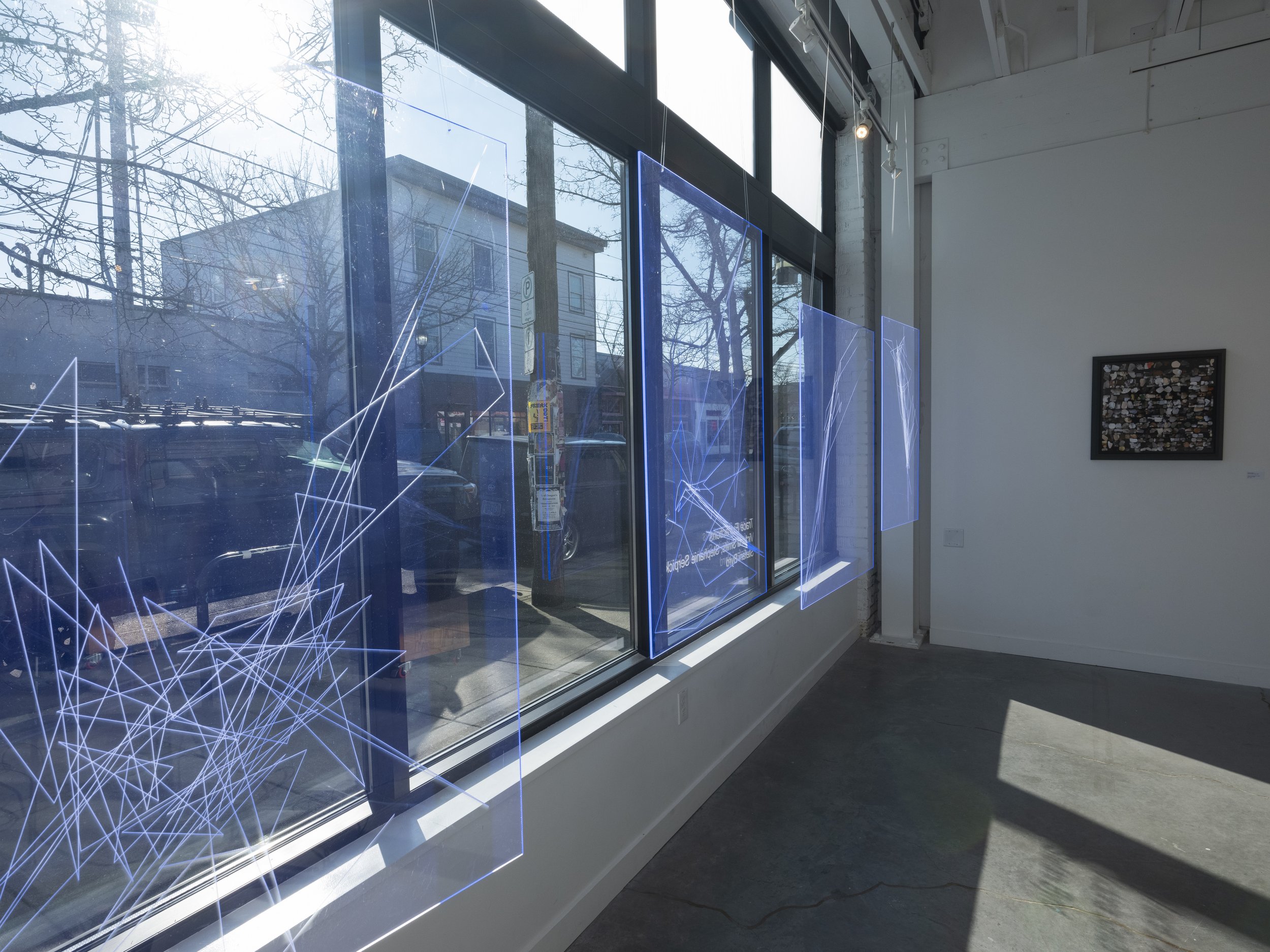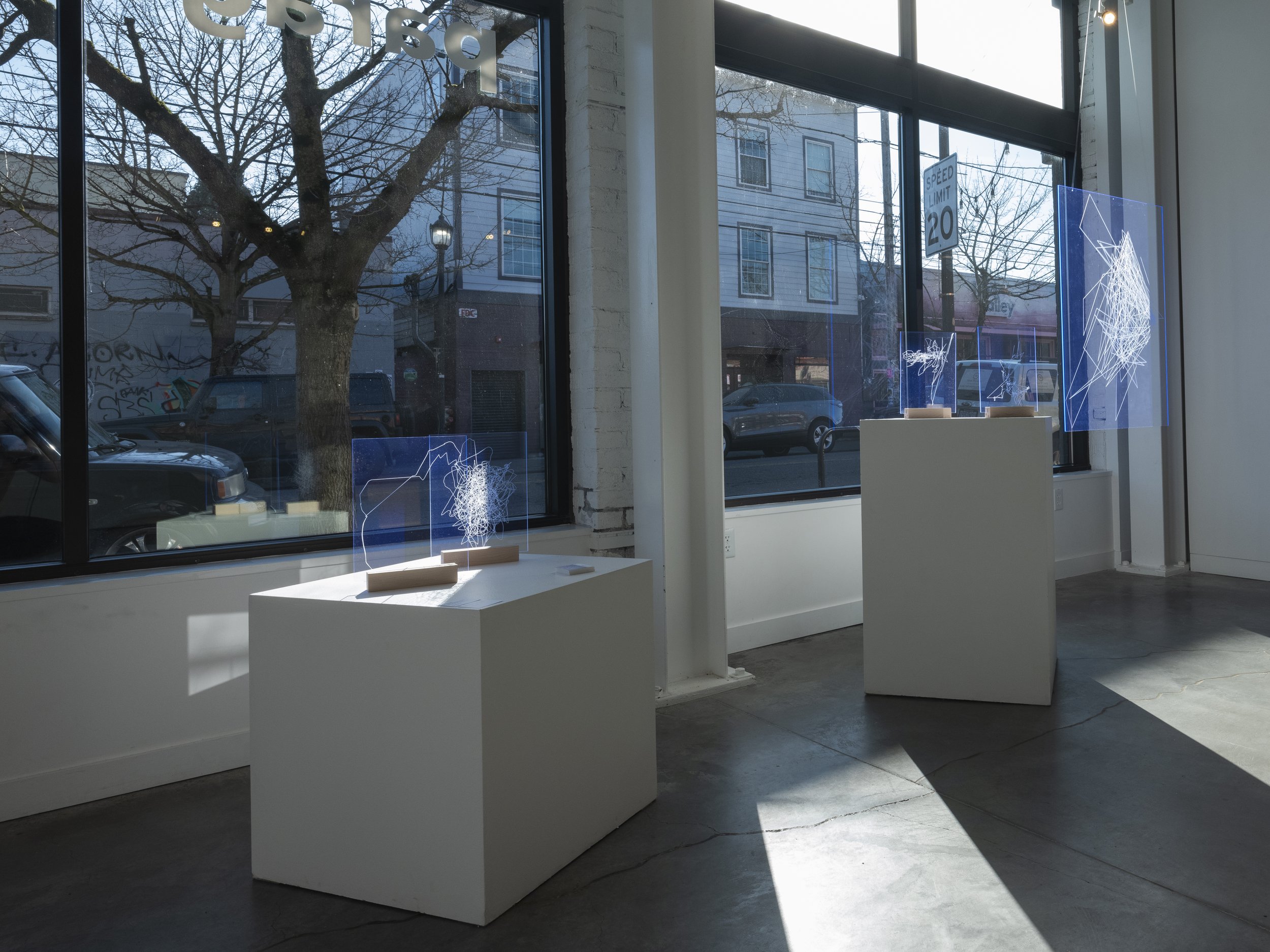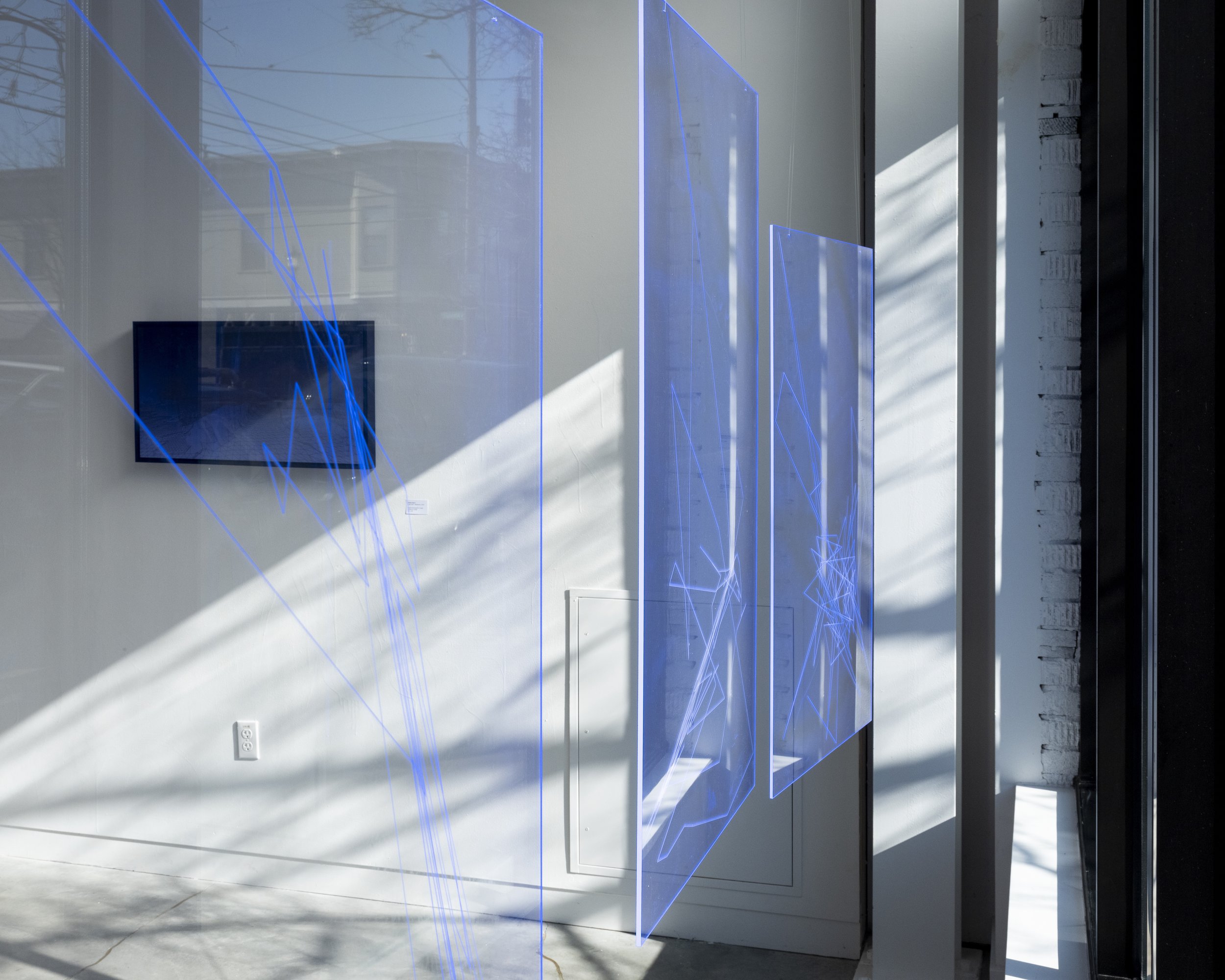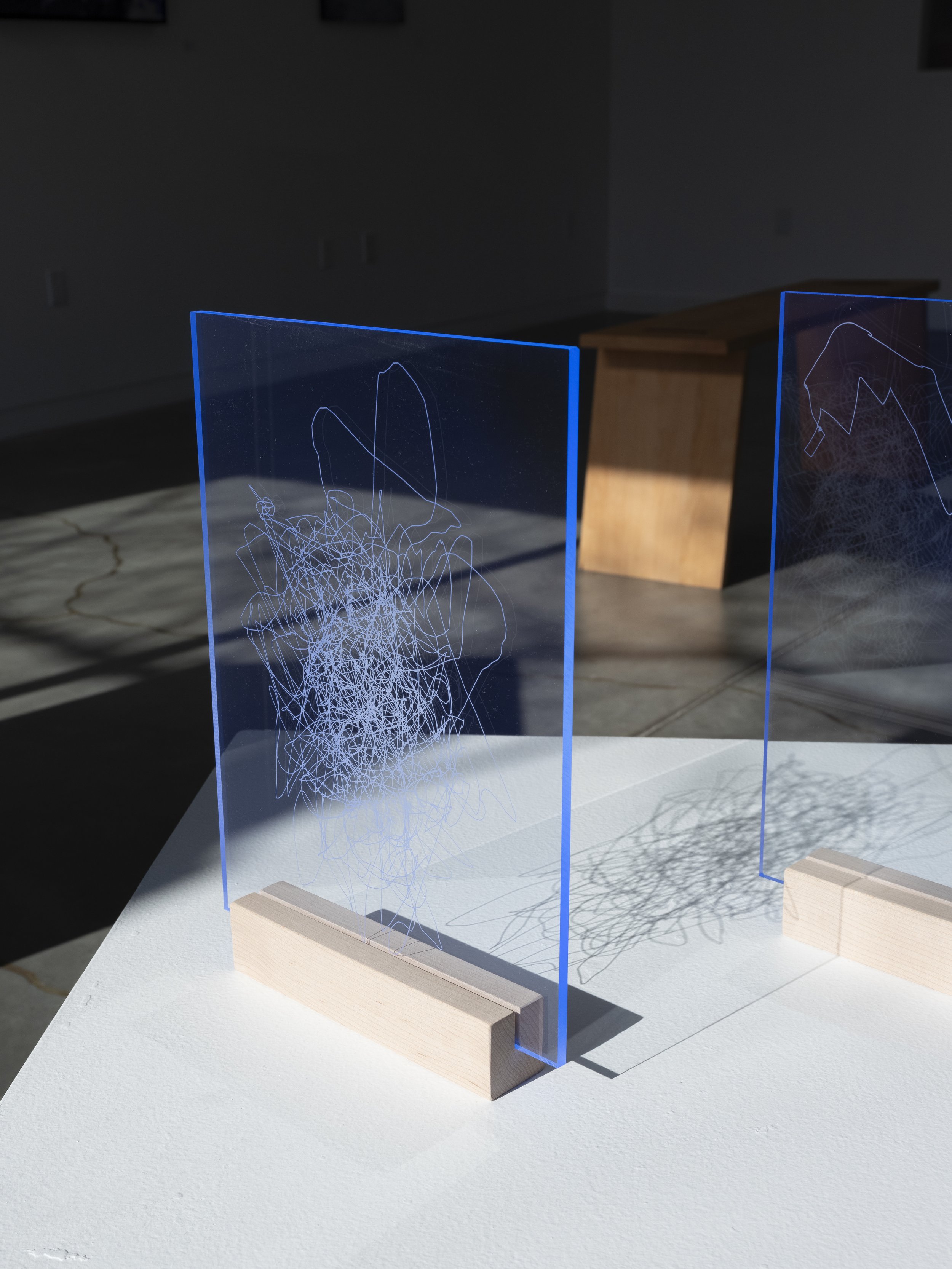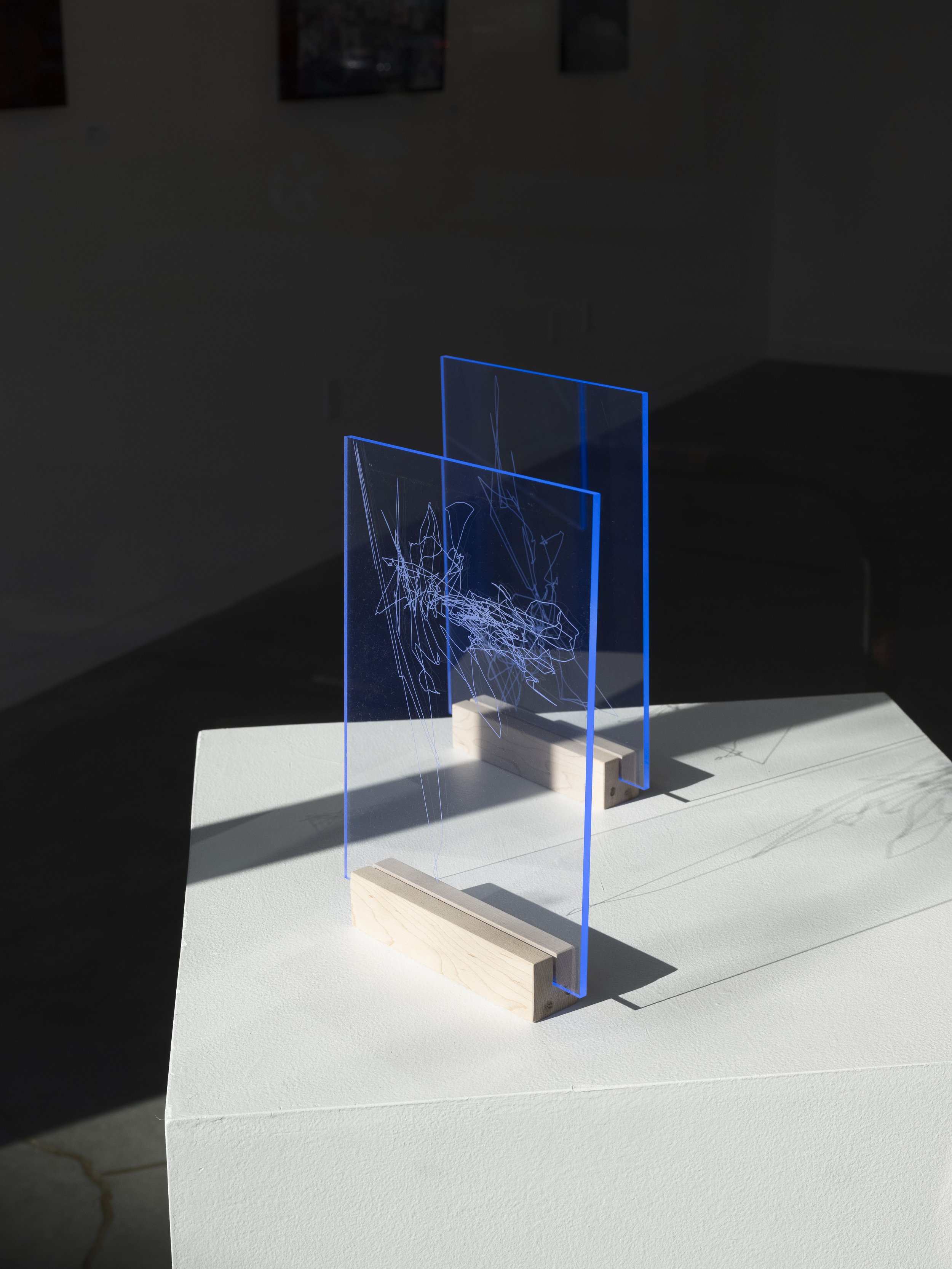During the quarantine that began in March of 2020 and as my youngest moved to at-home school, I started documenting “invisible labor” using Global Positioning Systems (GPS) in Keyhole Markup Language, the same system I use to track regulatory walks and runs.
The May 6, 2020 New York Times article, “Nearly Half of Men Say They Do Most of the Home Schooling. 3 Percent of Women Agree.” discussed the added burdens falling on women during the pandemic. “Years of past research using time diaries have consistently shown that men often overestimate the amount they do, and that women do more [housework and childcare].” In fact, a study by Carlson, Daniel L., et al. titled, “Changes in Parents’ Domestic Labor During the COVID-19 Pandemic” found that “most parents report no overall change in time spent in domestic labor during the pandemic, suggesting that gender disparities that existed prior to the pandemic likely persist for many couples” and in turn, “The additional time that women typically spend on domestic work, particularly child care, has significant consequences outside the home: It is a major reason for their lower pay and stunted career paths.”
Hegemonic roles of women have historically placed them as responsible for daily acts related to domesticity — cooking, cleaning, laundry, kin-keeping, and more - this is Invisible Labor. While there are exceptions and evolving constructs of egalitarian home and parenting responsibilities, the disparity for women holding the brunt of this weight continues.
This series is a collection of invisible labor acts, etched onto acrylic (final series includes ten records). A newer project documenting women’s invisible labor with an option to contribute your record can be found here: Mothering and More. Installation images by Portland Art Documentation.
